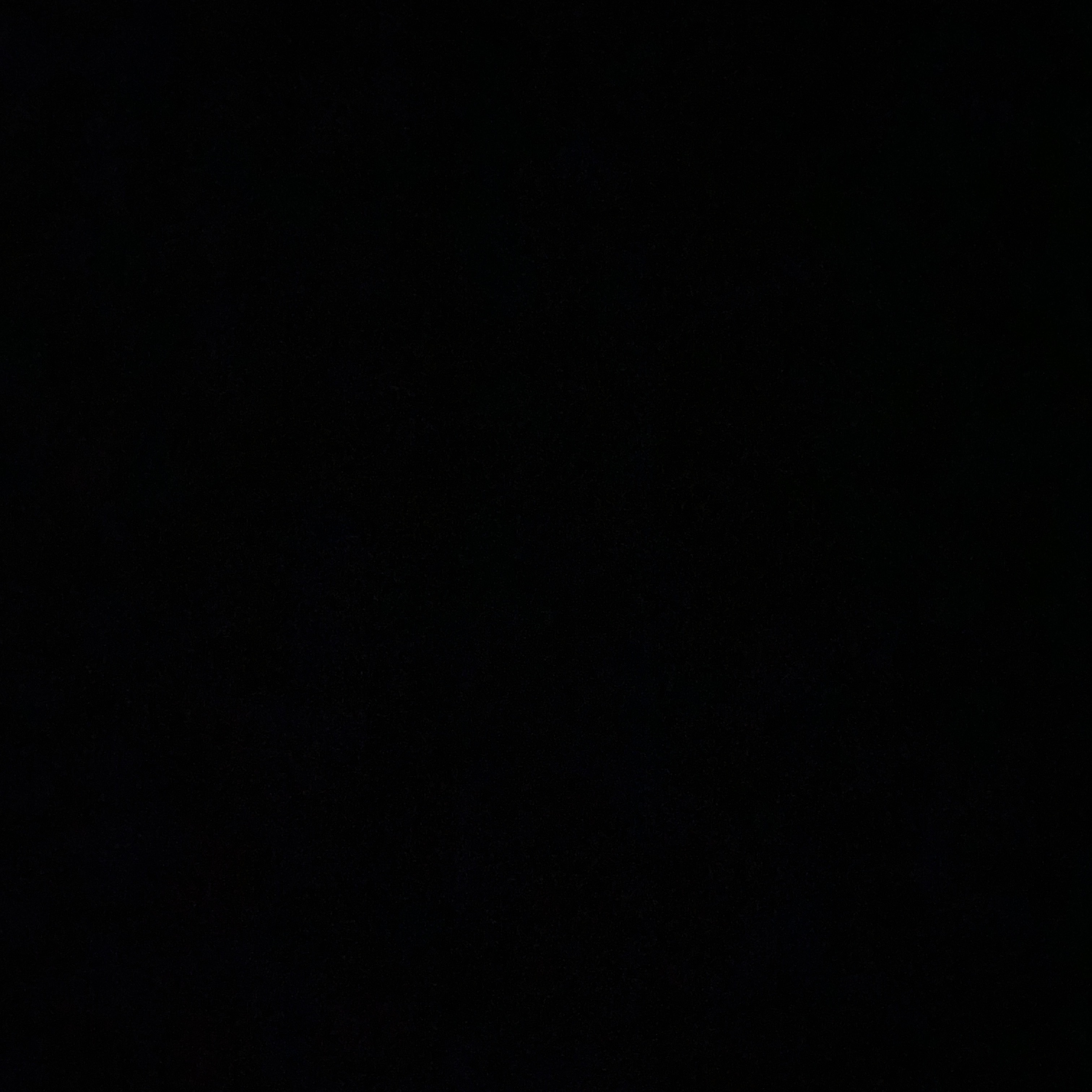60 Souls
Pierre Paillard
Les Parcelles Bouzy Grand Cru Champagne Blend
Great as always, carrying more spice and starchy components, still weighty, nice power. 60 PN 40 CH; 12/2016 Disgorgement; 2.6g/L dosage. — 8 years ago
Château Pichon-Longueville Baron
Baron de Pichon-Longueville Pauillac Red Bordeaux Blend 2004
I have to say this is my favorite Chateau to stand in front of and gaze. On the nose, spice, wild blackberries, dark cherries, blueberries, black plum, plum, leather, cedar, dark moist soil, wet stones, mint, tobacco leaf and dark fresh & dry flowers. It's drinking nicely with silty medium-medium + tannins & full bodied. Ruby, ripe wild blackberries, dark cherries, blueberries, black plum, plum, leather, cedar, dark moist soil, wet stones, crushed dry minerals, mint, tobacco leaf and violets, dark fresh & dry flowers. The acidity is round and mouthwatering. The long finish has great elegance, beauty, length, tension & balance. It's just starting to hit it's stride and has plenty of life ahead of it. Another 15-20 years. Who said 04 was a difficult vintage? This will continue to improve and will stun with another 10 years in bottle. Photos of the the exterior Chateau front & side, tasting room and Christian Seely Managing Director. Chateau Pichon Baron and Chateau Pichon Lalande were originally part of the same estate. Pichon Baron got it's name when Therese, daughter of the founder, received the estate as a dowry when she married Jacques de Pichon Longueville the first President of the Bordeaux Parliament. Chateau Pichon Baron changed because of the Baron Joseph de Pichon Longueville. He took over managing Pichon Baron when he was only 19 years old! When the Baron passed away at 90 in 1850, he divided his Pauillac estate. The sons were awarded what became Chateau Pichon Baron and the daughters were given what later became Chateau Pichon Lalande. Pichon Baron went through three rough decades in the 60's, 70's and 80's. Part of the issues were, lack of investment and they machine harvested. The first really great vintages for them were 89 & 90 after Jean Rene Matignon, Jean-Michel Cazes join them and AXA Insurance Company purchased them adding capital. The 73 hectare vineyard of Chateau Pichon Baron are planted to 65% Cabernet Sauvignon, 30% Merlot, 3% Cabernet Franc and 2% Petit Verdot. However, the Cabernet Franc and the Petit Verdot are reserved exclusively for the second wine. The terroir is mostly deep gravel, sand clay soils. Pichon Baron uses 80% new French oak and rests in barrel 18 months. @ FogoDeChao
— 8 years ago
Caymus Vineyards
Napa Valley Cabernet Sauvignon 2013
"Great nose. Could pick up the beautiful bouquet at arm's length. Nicely balanced. Good cherry and blackberry but not overly fruity. Not a lot of secondary flavors. Assume it's just too young. Very much enjoyed but probably would not pay $60 for it." — 10 years ago
Azienda Agricola COS
Pithos Rosso Vittoria Nero d'Avola Frappato 2013
Bright ruby red in color. A fierce attack on the palate of acid and tannin. A wash in sour red fruits, this is a great counter point to food and only gets better with it. Aged in clay terracotta amphora, this is extreme on the unique scale, yet very much a well made wine. A 40/60 blend of Frappato and Nero d'Avola. — 10 years ago
Dogfish Head Brewery
60 Minute IPA
Not too hoppy. A hint of sweet caramel. — 11 years ago
Bodegas Amaren
Reserva Amaren 60 Rioja Tempranillo 2005
Pendiente de probar — 13 years ago
Château Gruaud Larose
Saint-Julien Red Bordeaux Blend 2010
Great value Larose @ £60 that’s ok now but time will definitely help to soften the dry tannins into a 😈 - leave 5+ years 😉
🍇 66% Cab S, 28% Mer & 6% Pet V
🍷 Opaque ruby
👃 Lead pencil, gravel & minerals through charred cedar & light oak in shy dark spiced black berry/currant fruit w/ herbs, smoke, earth & fresh roses
👄 Med+ body of mineral infused ripe blackcurrant & berry in mocha w/ a soft liquorice touch in fine dry tannins
🎯 Med+ dry blackcurrant & mocha finale — 8 years ago
Apothic
Inferno Red Blend 2014
Small batch red wine - aged for 60 days in Whiskey Barrels. Red and dark fruit flavors combine with layers of maple and spice. Can really taste the whiskey! — 9 years ago
La Pousse d'Or
"Clos des 60 Ouvrées" Les Caillerets Monopole Volnay 1er Cru Pinot Noir 2005
This is finally old enough to have unwound and now it shows its true volume and depth. Drinkable now for scads of beautifully ripe fruit, but nowhere near maturity. — 10 years ago
Tikal
Patriota Mendoza Malbec Bonarda 2012
Nice peppery 60 Malbec 40 bonarda — 11 years ago
Marietta
Lot Number 60 Old Vine Geyserville Red Blend 1978
An excellent Zin blend when considering the price point. Not all jammy/fruity; nor is it full blown spicy. A great value. — 11 years ago
Château Cos d'Estournel
Les Pagodes de Cos Saint-Estéphe Red Bordeaux Blend 2005
Is there anything better than Ribeye & Claret? From my perspective, no. This is the second wine from one of more prestigious Chateaus in St. Estephe. Bordeaux rule number 2, buy the hell out of good producers second wines in very good vintages, like 2005. You’ll get great wines at more affordable prices. Providing, you exercise patience; which is rule number 1. Decanted for 3 plus hours. On the nose, ripe; blackberries, dark cherries, black raspberries, baked strawberries, black plum & cherries pull up the rear. Incense, herbaceous character, anise, scorched dark earth, burnt ambers, anise, baking spices dominated by vanilla, black tea, black cherry cola, loamy dry soils, dry & fresh red florals with violets for days. It’s in a great phase with many years ahead. The body is full and round. The texture has you wanting more. It’s velvety and ripe. Tannins soft and powdery, around 65-70 resolved. The fruits are ripe & ruby...showing the excellence of the 05 vintage. Blackberries, dark cherries, black raspberries, baked strawberries, black plum & cherries pull up the rear. Incense, herbaceous character, anise, scorched dark earth, dry stones, leather, cigar with ash, burnt ambers, anise, baking spices dominated by vanilla, black tea, black cherry cola, loamy dry soils, dry & fresh red florals with violets for days. The acidity is dead on. The length, structure, length & balance is harmonizing like America on the album, “ Horse with No Name.” The long finish is; ruby, rich, elegant, round, beautiful and lasts a minute plus. Beautiful wine. 9.4 with the steak. 9.2 on its own. Photos of; Chateau Cos d’ Estournel, hosting/tasting area, private wine stock and barrel cellar. Producer notes and history...Chateau Cos d’Estournel has a long history in the appellation of St. Estephe. Louis Gaspard d’Estournel, gave his name to the estate after founding it in 1811. It only took a few years before Chateau Cos d’Estournel became famous with wine lovers and royalty all over the world. In the early days, the wines of Cos d’Estournel were not sold through the Negociant system. The owner preferred selling his wine directly to his customers. In fact, Chateau Cos d’Estournel was exported to numerous countries across the globe, with a large portion of the production being sold to India. It was that connection to India that inspired much of the unique, east Indian design we see at Cos d’Estournel today. Chateau Cos d’Estournel was one of the first Chateaus to bottle, label and sell their own wine. This practice continued until the death of Louis Gaspard d’Estournel in 1852. After his death, the estate was purchased by an owner that sold their wines on the Place de Bordeaux, using the negociant system. If the Chateau had not been selling their wines through the negociant system, it would never have been included in the 1855 Classification! Chateau Cos d’Estournel was sold to the Charmolue family, the owners of the neighboring Chateau Montrose. They continued to own the estate until 1917, when it was bought by Fernand Ginestet. The purchase was the next major step in the development of Cos d’Estournel. The next era in the development of Chateau Cos d’Estournel took place in 2000, when Chateau Cos d’Estournel was bought by Michel Reybier, who made his fortune in the food industry. Michel Reybier hired the son of Bruno Prats, Jean-Guillaume Prats to manage Cos d’Estournel. Things improved with the efforts of Jean-Guillaume Prats who helped design the most modern wine making facilities in the entire Bordeaux wine making appellation at the time. A complete renovation of Cos d’Estournel took place in the winemaking facilities and cellars. The wine making facilities are completely modern, using 100% gravity. On October 15, 2012, Jean Guillaume Prats announced he was leaving Chateau Cos d’Estournel to join LVMH. Jean Guillaume Prats was replaced by Aymeric de Gironde. Following the departure of Aymeric de Gironde in 2017, the owner, Michel Reybier took over managing the estate. In 2018, the estate released COS100, produced from their oldest Merlot vines that were 100 years of age. It was limited in production to a 100 Jeroboams, (3 litres) and 10 Balthazars (12 litres) and a few other sizes were produced from only 2 barrels of wine. The proceeds from COS100 go to the charity, Elephant Family, that is devoted to protecting and nurturing Asian elephants in their own, natural habitat. Cos d’Estournel’s new cellar is a joint reflection by the technical team, the architect Jean-Michel Wilmotte and Jean Guillaume Prats. It’s a marvel blend of simplicity and modern technology. Cos d’Estournel is unique to Bordeaux and the rest of world. What makes this special is that the cellars of Cos d’Estournel are entirely operated by gravity. There are no pumps of any kind to force the wine. The purpose is to allow a gentleness to the wine and improve its purity allowing for expression of their special terroir. It set a new benchmark for cellars not only in the Left Bank, but in all of Bordeaux. The new cellars at Chateau Cos d’Estournel include 72 isothermal cone shaped stainless steel vats. The vats are specifically designed for thermal inertia. The 72 vats have a wide range of capacities to correspond with the needs of each parcel of vines. The vats range in size from as small as 19 hectoliters all the way up to 115 hectolitres. 12 of the smaller vats that are designed to handle between 19 and 60 hectoliters that have two levels in each vat. In other words, this offers the technical equivalent of 24 separate vats. Each of the vats are double lined, which allows for more exact and temperature control. None of the vats use interior heat coils. Perhaps the most inventive part of the cellars is the four 100 hectoliter lift tanks or wine elevators that replace the pumps used in the traditional pumping over and racking off processes, which introduce air and often destabilize the marc. From the moment the grapes arrive, everything travels by the flow of gravity. Jean Guillaume Prats called this process a pumpless, pump over. What takes place is, the wine is released from the main vat where the skins remain. By gravity, the juice is then moved into smaller vats which are on wheels. These small vats are sent to the glass elevators where they are moved up one floor and returned back into the vat by gravity to cover the skins. At this point, the process is still unique to Chateau Cos d’Estournel. The wine production of Cos d’Estournel is labor intensive starting the moment the grapes enter their new facility. The berries travel through a tunnel that instantly lowers the temperature of the fruit to 3-5 degrees Celsius. This sudden chilling stops the loss of juice while also slowing oxidation. Next, the grapes are cold macerated at 7-9 degrees Celsius for about a week. Pump overs are done by gravity recycling. The juice from the top of the vat moves to the bottom of the vat entirely by gravity. The fermentation takes place at low temperatures to avoid over extraction or harsh tannins. The 91 hectare vineyard of Chateau Cos d’Estournel is planted to 65% Cabernet Sauvignon, 33% Merlot, 1% Cabernet Franc and 1% Petit Verdot. The vineyard is located close to the border of Pauillac and Saint Estephe at the southern tip of the Saint Estephe appellation. The vineyard has cultivated 84 hectares of vines. Even though the vineyard has been expanded over the years, the grape varietals planted here have remained consistent. The vineyard, located on the hill of Cos, has gentle elevations of up to 20 meters. On average, the vines are 35 years of age. However, the estate has very old Merlot vines as well, which date back more than 100 years. Part of the terroir is situated on the hill of Cos, which is at a high elevation for the Medoc at 20 meters. Cos d’Estournel is translated from old Gascon speech; which means the hill of pebbles. It describes the terroir along with clay, gravel, sand and limestone soil. However, there is a unique aspect to the soil at Cos d’Estournel, as you find more gravel and less clay here than you do at other neighboring vineyards. Because the fruit is grown close to the Atlantic ocean in a cool climate, Cos d’Estournel is often among the last of the properties in the Medoc to harvest. The vineyard is managed by teams and each team member is given 45,000 vines to look after. The vineyard, which is almost one large block, can be further divided into 72 separate parcels. — 8 years ago

Château Latour
Premier Grand Cru Classé Pauillac Red Bordeaux Blend 1960
1960 was for kind of forgotten close to the nice 1959 and 1961 vintages - but the wine still handle well, with a light profile, a nice experience from a nice gift, maybe 60 was better for the Beatles !? However it feels kind of younger than 1960 at first sight, an off vintage in good shape but will get soon enough to its peak 😐 — 11 years ago
Orin Swift
Papillon Napa Valley Cabernet Sauvignon Blend
This wine is amazing! Medium bodied red wine. Papillon is the French word for butterfly. 60%cab, 37% merlot, 2% petit Verdot, 1% melbec. — 12 years ago



















Sipping Fine Wine
Chateau is situated on the left bank of the River Garonne, south of Bordeaux in the commune of Pessac-Léognan. A blend of 60% Cabernet Sauvignon, 36% Merlot, & 4% Petit Verdot. Deep purple with ripe berry fruit aromas with sweet toasty notes. On the palate rich cherry & blackberry flavors that packs a punch with dusty flinty tannins that develop nicely in the glass. Lingering ending with an earthy mineral tang. Very nice, but wait a bit in this beauty. — 7 years ago